You probably know Joan of Arc as a tough-as-nails warrior maiden from France, but there’s a lot more to the rags-to-riches-to-rags story of this smart soldier than just that. So who was Joan of Arc – really?
While there are plenty of surprising facts about Joan of Arc’s life, the basics of her biography are these: born an illiterate peasant girl, she started hearing voices around puberty, claiming saints were speaking to her. Eventually, Joan got in touch with increasingly important people, many of whom became convinced of her sincerity, and she eventually allied with the heir to the French throne to oust the English invaders. This led to her being considered one of history’s greatest female war heroes. Finally captured by the English, Joan was jailed, forced to confess to tons of charges, and burned at the stake.
Joan of Arc’s mysterious path to martyrdom and sainthood is one filled with intrigue, conspiracies, and magical portents. From the voices in her head that may or may not have been the most prescient form of mental illness in history to Merlin’s prediction of her coming, Joan of Arc is one of the most intriguing figures of the Middle Ages. So, was it God? Was it magic? Or was it mental illness?
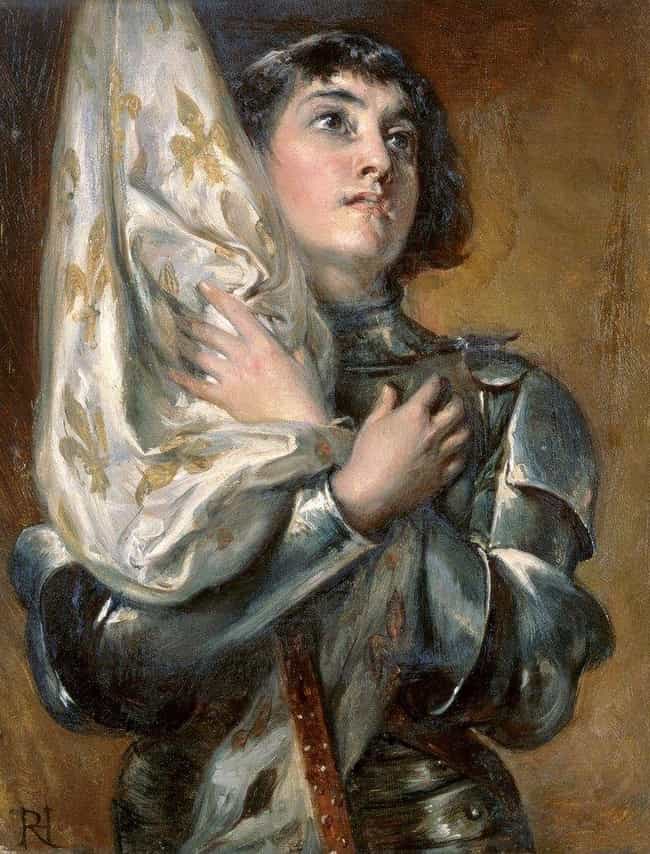
The Wizard Merlin Foretold Joan’s Coming
Joan emerged onto the national stage at exactly the right time, seemingly fulfilling several prophecies that had been circulating that foretold of a virgin from Lorraine (the region of France where Joan hailed from) who would save France from the invading English. One such augury apparently came from the legendary wizard Merlin, who, in between helping King Arthur make big decisions, said that a maiden would come out of an ancient forest to rescue France.
Another story told that a virtuous woman would redeem France after a “fallen woman” (AKA, France’s allegedly licentious queen, Isabeau of Bavaria, who scandalized the court with her affairs) made it the talk of the town. And then there’s the prophetess Marie of Avignon, who claimed a woman in armor would save France.
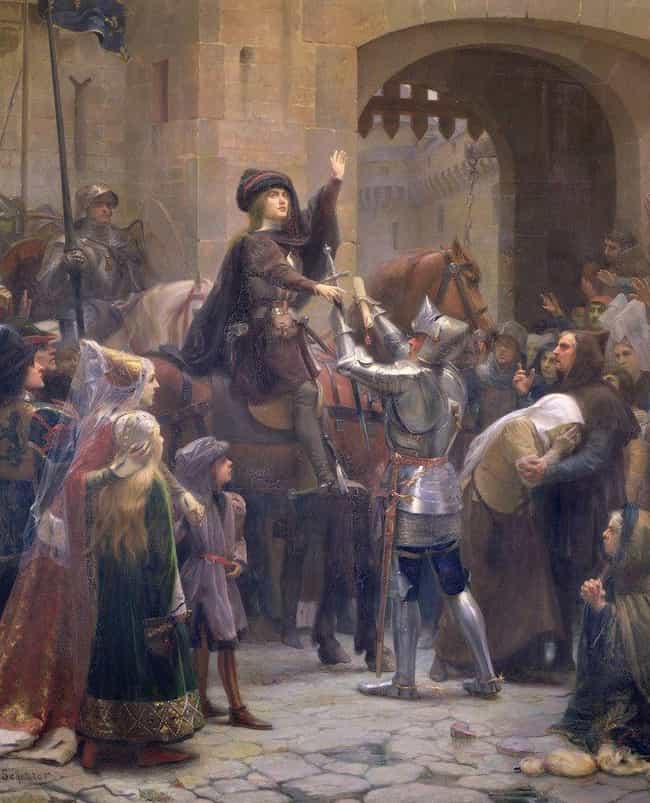
Did Joan Fake Her Own Death?
After being burned at the stake on May 30, 1430, Joan was dead… or was she? Some scholars theorize that it was at least possible that a substitute maiden could’ve been burned in Joan’s place, with Joan assuming a new identity after the fact. And the legacy of the Maid of Lorraine lived on, so much so that a bunch of pretenders dressed up as Joan and said “La Pucelle” was still alive. This was pretty common during this time, but one woman really stood out: Claude des Armoises. In one version of this history, Claude was a real-life wife and mother who was supported by Joan of Arc’s real-life brothers. They supposedly recognized her at first sight as their sister. But she didn’t last long in the role of Joan, eventually confessing her guilt. However, in the alternate version of this tale, Claude is the identity the real Joan took on after the bait and switch at the stake.
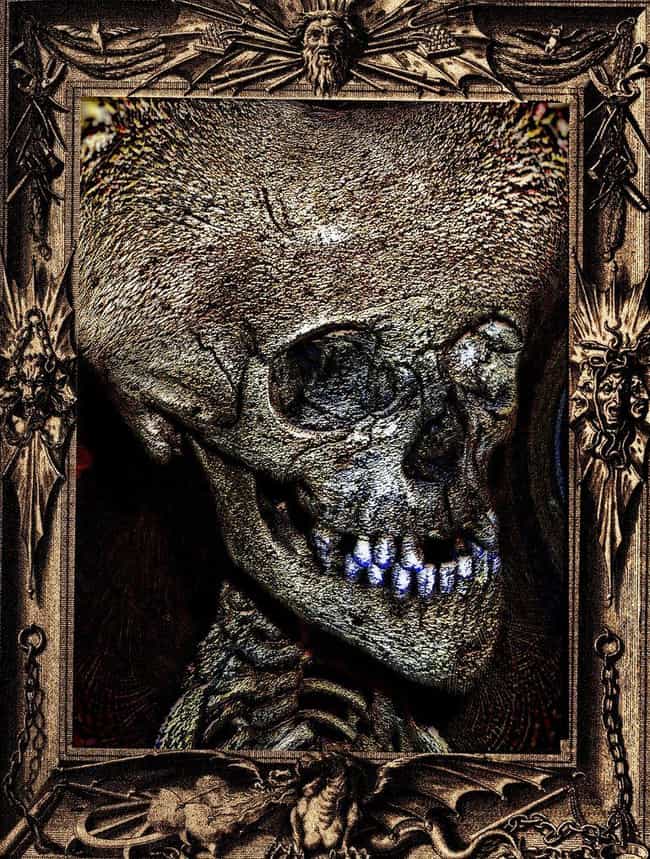
She Fought Alongside A Satanist And Child Murderer
One of Joan’s most trusted and important soldiers was a guy named Gilles des Rais, who met her the first time she showed up to meet the Dauphin. He led some of her troops and aided Joan when she was injured at Orléans, but, in reality, he wasn’t that great of a guy. As it turns out, de Rais was probably one of the first recorded serial killers. He was said to have been guilty of torturing, raping, and murdering hundreds of kids in a dungeon, as well as worshipping the Devil.
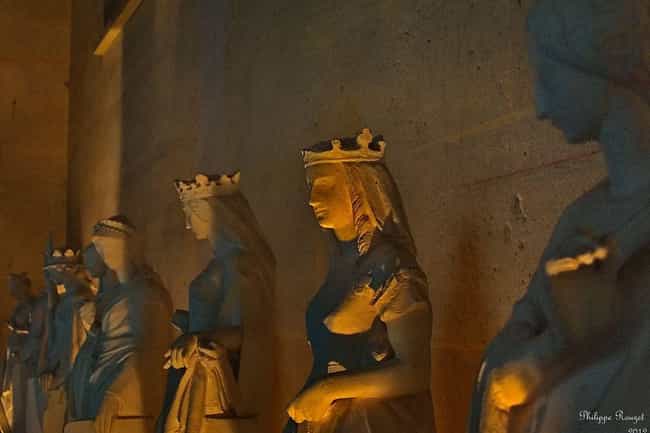
Was Joan A Secret Royal Love Child?
Could Joan have gotten to such high office without royal help? Probably not, but some have said she had really intense kingly connections – so much so that she was actually a secret royal love child! One theory suggested Joan wasn’t born a peasant girl, but she was really Charles VII’s illegitimate half-sister/cousin, the child of his mother, the famously licentious Queen Isabeau of Bavaria, and her lover/his uncle, Louis, Duke of Orléans.
This was supposedly the reason Joan was able to pick out the Dauphin from amongst a bunch of his courtiers upon meeting him for the first time. Sadly for conspiracy theorists, this probably wasn’t true. But that doesn’t stop scholars from claiming it could have been the case every once in a while.

Joan Might Have Confessed After Being Threatened With Rape
After her capture by the English, Joan of Arc was charged with a host of wrong doings – witchcraft, horse theft, and cross-dressing, to name just three – but she pled not guilty to most of them. That is, until the guards depriving her of basic creature comforts threatened her with rape. According to Joan, they never carried out their horrible threat, but such a heinous act probably led to her pleading guilty to a number of her charges. Promised life imprisonment instead of death, she agreed to sign a guilty confession. But then she revoked it and consigned herself to being burned at the stake.
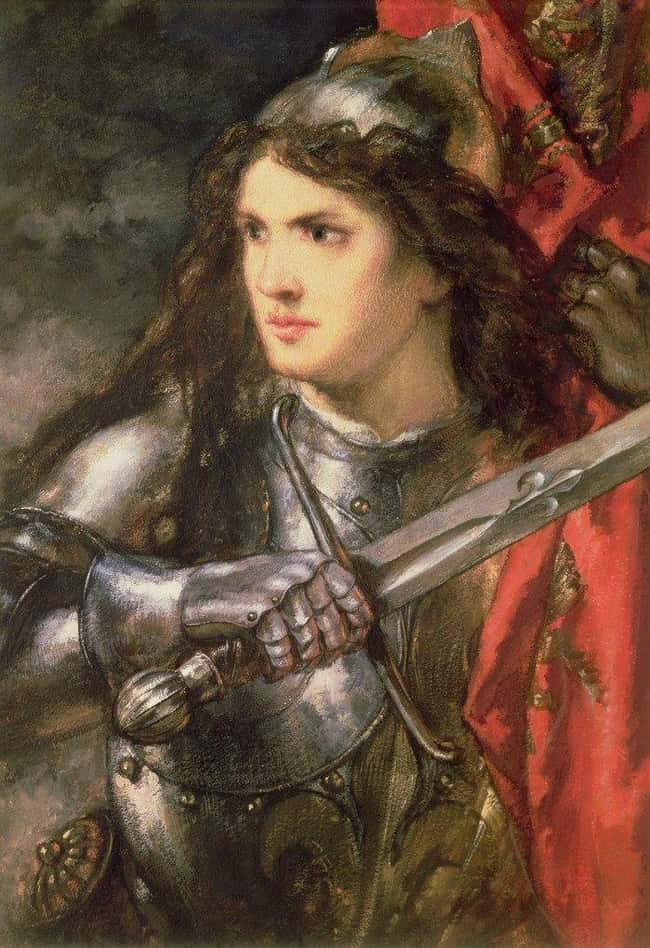
Was It Saints, Epilepsy, Or Milk Poisoning?
When she hit puberty, Joan began to hear saints speaking to her. They told her to be pious and, eventually, to save France from the English. Modern scientists have posthumously diagnosed Joan with conditions like schizophrenia, bipolar disorder, or a specific kind of epilepsy to explain her hearing voices. Others have suggested she suffered from bovine tuberculosis – postulating that the consumption of unpasteurized milk could have given Joan brain lesions.
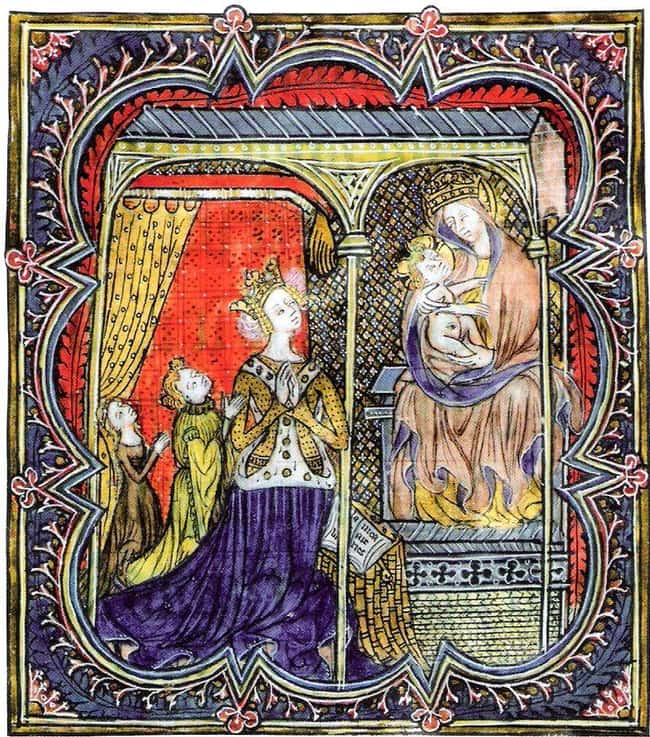
She Might Have Been Politically Manipulated By A Queen
In order to actually get to the Dauphin (heir to the throne), the future King Charles VII, Joan had to befriend some pretty high-profile people. Charles’s mother-in-law, the powerful royal Duchess Yolande of Aragón (later Anjou), was a big advocate for Charles to take power over the English and his rival, the Duke of Burgundy.
Yolande probably heard about Joan from her son René, ruler of Lorraine (where Joan grew up and first preached). Yolande perhaps used Joan as a political and propagandistic tool to push Charles’s agenda, putting her out in front of the army as a figurehead to inspire his soldiers.
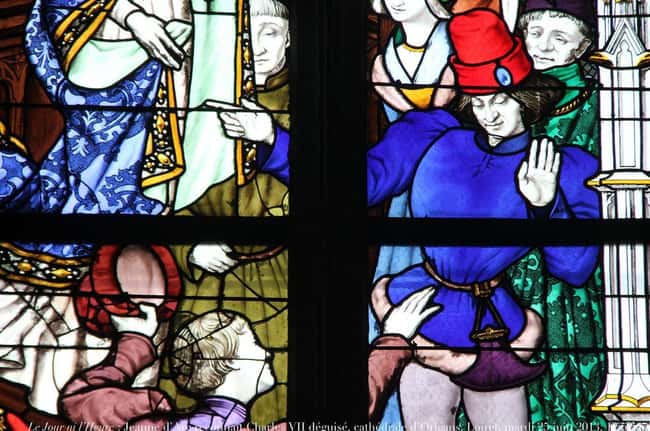
She Impressed Her Future King By Recognizing Him In A Crowd
When Joan’s saints told her to go help the Dauphin, she schlepped all the way to where his court was situated in Chinon to see him. In early March 1429, Joan was ushered into his presence, but Charles wasn’t sitting on his royal chair; instead, one of his friends was lounging there, while Charles was hiding in the crowd. They were playing a game with a naive little country girl, but Joan was too smart; she showed off her powers of intuition by picking out Charles amidst the many courtiers, speaking directly to him.

Joan Loathed Heretics And Non-Christians
Despite her status as a young, virginal, female prophetess/warrior, Joan wasn’t too kind to other marginalized Christians, whom she deemed “heretics.” In a letter she dictated to a scribe, she condemned the Hussites, a group historians describe as “Proto-Protestants.” She dubbed them followers of a “disgraceful and unlawful superstition,” firing off: “[you] persecute and plan to overthrow and destroy this Faith which God Almighty, the Son, and the Holy Spirit have raised, founded, exalted, and enlightened a thousand ways through a thousand miracles.” Joan went so far as to say that, if she wasn’t so busy fighting the English, she’d drop everything and fight them herself. In that same letter, Joan insulted Muslims and their faith.
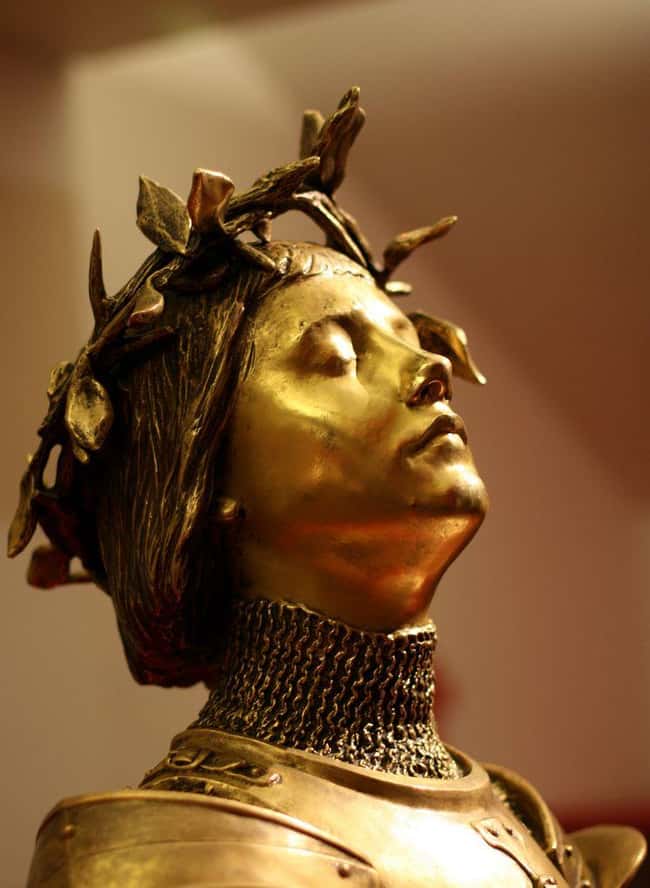
Joan’s Puberty Was Different Than Your Puberty
Joan started hearing her voices, the voices of some saints and an archangel, around 12 or 13 – the same age that most girls hit puberty. So, while the majority of teenage girls are feeling awkward in their bodies, trying to make sense of some new and strange feelings, Joan was receiving directives to lead an army to victory. Did the rush of hormones cause her to hear voices? Well, it’s noteworthy that the first thing they ever told her was that she shouldn’t pursue a man, but should remain a single virgin instead.
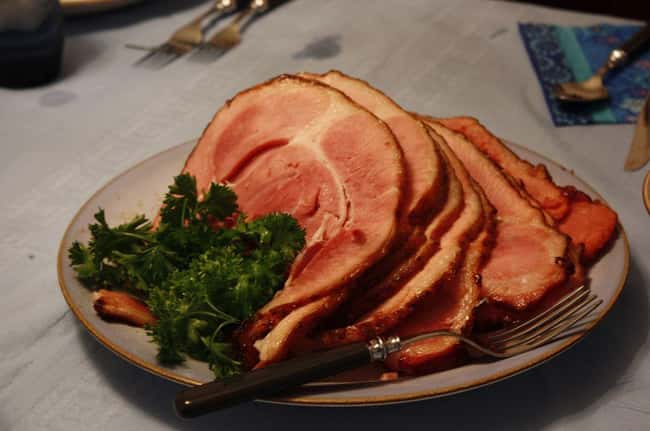
She Had An Epic Temper And Righteous Anger
Joan was what you might call an intense teenager, and she wasn’t afraid to bring down the mighty sword of her moral righteousness on the adult male soldiers she was leading. Allegedly, she didn’t put up with swearing, licentiousness, or failure to attend mass. She drove mistresses and prostitutes out of camp with her sword. Once, when a Scottish dude confessed to eating stolen meat, she attempted to slap him in retribution. Not a nice way to reward a guy who was probably just hungry during wartime…
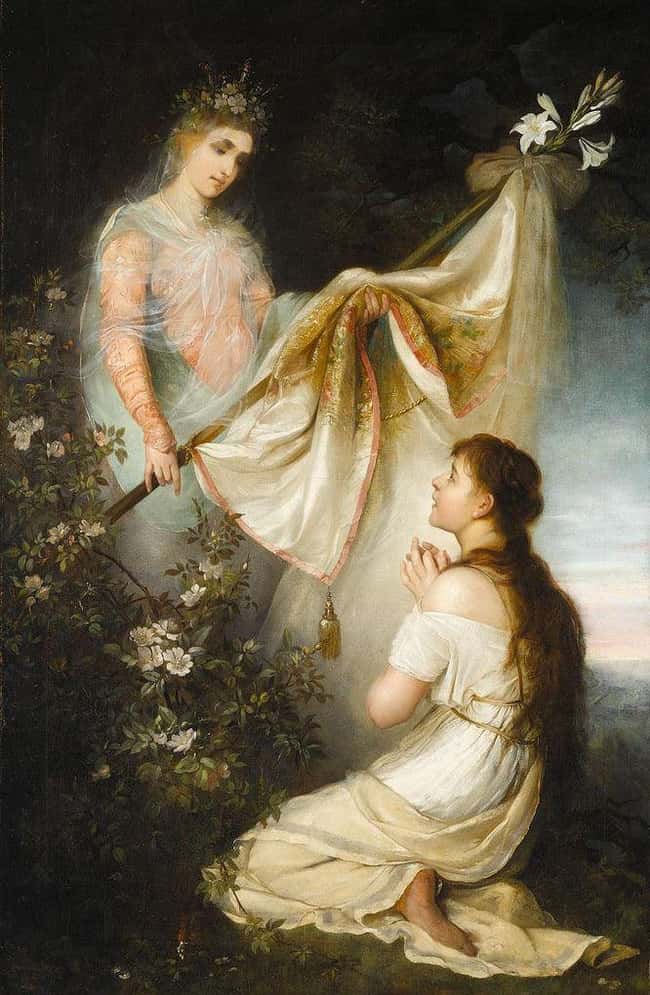
Joan Called Herself “La Pucelle,” AKA “The Maid”
Rather than just going by “Joan,” this warrior woman dubbed herself “La Pucelle,” best translated from medieval French as “The Maid” or “The Girl.” In fact, she favored that nickname instead of her regular name, perhaps because of its religious connotations (and she loved associations with purity, especially with regards to her own virginity and the Virgin Mary). Also, Joan probably liked the moniker because it distinguished her from many of the other women hanging around soldiers – AKA prostitutes.
–
(For the source of this, and many other equally intriguing articles, please visit: https://www.ranker.com/list/joan-of-arc-facts/carly-silver/)









